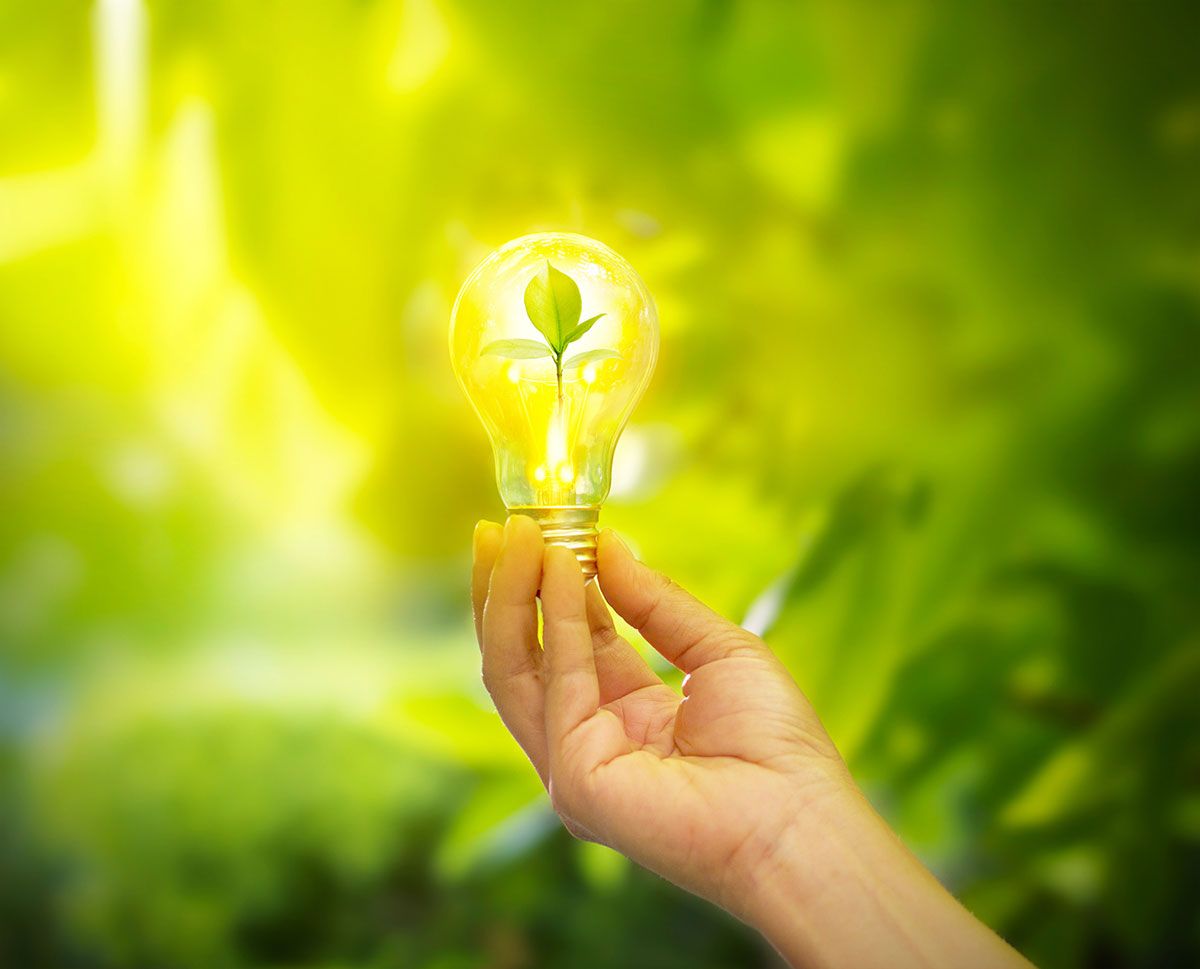Connecting the Unconnected: The Internet of Things ( ioT ) and the Future of Connectivity
In today’s digital age, connectivity is king. From smartphones to smart homes, we rely heavily on technology to stay connected and informed. But what about those who are still unconnected? The Internet of Things (IoT) has the potential to bridge this gap by connecting devices and people in ways that were once unimaginable. In this blog post, we’ll explore the future of connectivity and how IoT can shape it for the better. So buckle up and get ready for a ride into the world of tomorrow!
What is the Internet of Things?
In a world where more and more devices are connected to the internet, it’s no surprise that the next step would be to connect even more devices. The Internet of Things (IoT) is a term used to describe the network of physical objects—devices, vehicles, buildings and other items—that are connected to the internet. These objects are able to collect and share data about themselves and their surroundings.
The IoT has the potential to transform the way we live, work and play. For example, imagine you’re out for a run and your fitness tracker sends data to your smartphone about your heart rate, speed and distance. Your phone then uses this data to map out your route and give you real-time updates on your progress. Or imagine you’re driving in your car and it automatically connects to the internet to download traffic information and adjust your route accordingly.
The possibilities are endless with the IoT—and we’re just beginning to scratch the surface of what’s possible. The IoT is already being used in a variety of ways, from monitoring energy usage in buildings to tracking inventory in warehouses. And as more and more devices become connected, the IoT will continue to grow and evolve.
How the Internet of Things Works
The Internet of Things (IoT) is the network of physical objects—devices, vehicles, buildings and other items embedded with electronics, software, sensors and connectivity—that enables these objects to collect and exchange data. The IoT is a transformative force in how we interact with the world around us and has the potential to revolutionize nearly every industry, from healthcare and transportation to manufacturing and energy.
The growing number of connected devices is made possible by advances in miniaturization, improved battery life, more powerful processors and cheaper data storage. All of these factors are coming together to enable a new wave of smart devices that can communicate with each other and with us.
One way to think about the IoT is as a giant extension of the existing internet: a network of physical things that are connected together just like our laptops, smartphones and tablets are today. But instead of connecting people with people or people with information, the IoT connects people with objects and devices.
This connection allows us to do things like remotely monitor temperature changes in a server room or know when our fridge needs more milk. But it also has much broader implications for how we live our lives and run our businesses.
For example, imagine you’re driving home from work and your car automatically alerts you that there’s an accident ahead and suggests an alternative route. Or imagine you’re out for a run and your fitness tracker not only tracks your heart rate but also
Benefits of the Internet of Things
The Internet of Things (IoT) is a term used to describe the network of physical objects and devices that are connected to the internet. This includes everything from smartphones and laptops to thermostats and cars. The IoT has the potential to revolutionize the way we live, work, and play. Here are just a few of the ways that the IoT can benefit us:
1. Increased Efficiency and Productivity
By connecting devices and systems, the IoT can help us work more efficiently and get more done in less time. For example, imagine you’re a doctor making rounds at a hospital. With an IoT-enabled badge, you could have real-time access to your patients’ medical records, test results, and medications. This would allow you to provide better care and make faster decisions.
2. Improved Safety and Security
The IoT can also help keep us safe by providing real-time data and alerts about potential dangers. For example, if there’s a fire in a building, an IoT system could automatically send an evacuation notification to everyone inside. Or if a child wanders off, an IoT-enabled GPS tracker could help locate them quickly.
3. Greater Convenience
Another benefit of the IoT is greater convenience. Imagine being able to control your lights, thermostat, and security system from your smartphone or tablet. Or being able to track your fitness goals or monitor your home energy usage in real-time. The possibilities are endless!
The Future of Connectivity
The future of connectivity is about more than just connecting devices. It’s about connecting people and things in a way that makes life easier, safer and more efficient. The Internet of Things (IoT) is playing a major role in this transformation by making it possible to connect devices and collect data on everything from traffic patterns to energy use.
This data is then used to improve the efficiency of systems and make better decisions about how we use resources. For example, by understanding traffic patterns, cities can adjust traffic lights to reduce congestion. And by monitoring energy use, businesses can save money on their utilities bills.
The IoT is also creating new opportunities for businesses and consumers alike. For businesses, the IoT provides a way to collect data on customer behavior and preferences. This data can be used to improve products and services or create new ones that meet customer needs. For consumers, the IoT offers a way to stay connected to loved ones, control their home environment and manage their health and fitness.
There are still many challenges to overcome before the full potential of the IoT can be realized. But with each passing day, we are getting closer to a future where everything is connected – and life is made better as a result.
How to Get Started with the Internet of Things
The Internet of Things (IoT) is a network of physical devices, vehicles, home appliances, and other items embedded with electronics, software, sensors, and connectivity enabling these objects to connect and exchange data. The IoT is a transformational force in how we interact with the world around us and has the potential to revolutionize nearly every aspect of our lives.
In order to get started with the IoT, there are a few things you need to know. First, you’ll need to identify what problem you’re looking to solve or what opportunity you’re looking to capitalize on. Once you’ve done that, you can begin researching which IoT platform is best suited for your needs. After you’ve selected a platform, you can then start connecting devices and collecting data. Finally, it’s important to continuously monitor your data and make sure your devices are secure.
The IoT is still in its early stages, but it’s growing rapidly. By 2020, it’s estimated that there will be over 20 billion connected devices worldwide. So now is the time to get started with the IoT and position yourself ahead of the curve.
Conclusion
The Internet of Things is an exciting frontier in the world of connectivity and technology. As more objects become connected, our lives will become easier, more efficient and far more interconnected than ever before. From smart homes to intelligent cities and self-driving cars that can communicate with each other, the possibilities are truly endless. It’s up to us as individuals to make sure we use this technology responsibly and take advantage of its many potential benefits while being mindful of its possible drawbacks. Fmore article visit here
Share this content:













